Illuminating the Teenage Mind through Therapy: A Journey of Trust and Connection
Working with teens in therapy is a truly enlightening experience. When they allow you into their world, it’s like being granted access to a rich, vibrant tapestry of thoughts, feelings, and creativity. Teens often express themselves through art, and the way they interpret their creations can be incredibly insightful. They frequently seek an adult who takes a genuine interest in their ideas and feelings, someone who listens without judgment.
Communicating effectively with teens revolves around three essential cornerstones:
Genuine Engagement: Teens are remarkably perceptive. They can easily tell when someone is being insincere. It’s crucial to ask honest questions and make observations without judgment. This genuine curiosity and respect for their thoughts foster a safe space for them to share.
Humility: As adults, it’s easy to fall into the trap of thinking we have all the answers. However, approaching teens with humility means acknowledging that we don’t know everything. This openness to learning from them and valuing their perspectives can strengthen the therapeutic relationship.
Connection and Role Modeling: Teens are often seeking connection and someone to model emotional regulation for them. They need to see that it’s okay to have uncomfortable or scary conversations and that they can navigate these emotions with support. Being that stable, emotionally regulated presence allows them to practice these challenging conversations in a safe environment.
The ultimate goal is to create opportunities for teens to feel comfortable opening up and talking when things are easy. This builds a foundation of trust and safety, ensuring that they will come back and communicate when things get hard. It’s about being a consistent, reliable presence in their lives, someone who sees them, hears them, and values them for who they are.
In therapy, and outside of therapy, when a teen shares their world with you, it’s a privilege. Their art, their words, their silences—all are doors to understanding their inner lives. By embracing genuine engagement, humility, and connection, we can help them navigate the complexities of adolescence and build a path toward a brighter, more emotionally healthy future.
